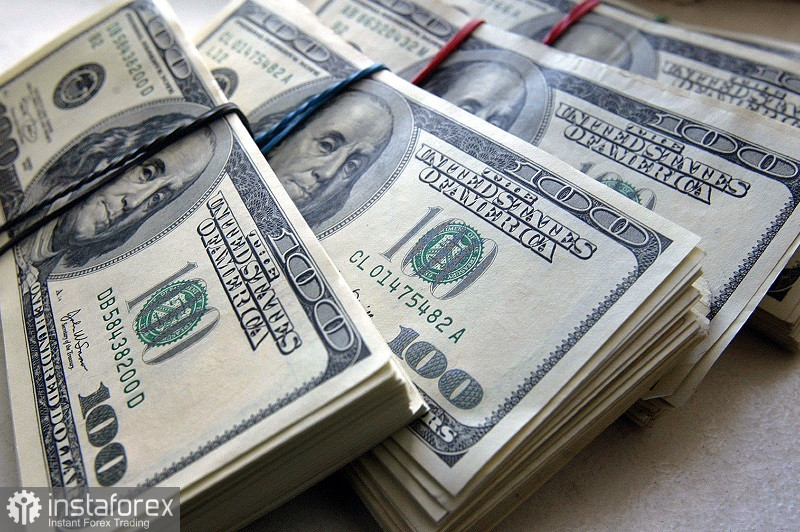Yesterday, the US dollar surged against the euro and the British pound. This follows news that short-term inflation expectations in the US rose to a seven-month high in November, while long-term price forecasts remain at levels not seen since 2011.
According to data from the University of Michigan, many Americans now expect an annual price increase of 4.5% next year, up from the 4.4% expected earlier this month. It is also forecast that costs will rise by 3.2% over the next five years.

The report indicates that consumers are deeply concerned that the decline in inflation might reverse in the coming months and years. "Despite easing prices at the pump, one-year gas price expectations rose to their highest reading since June 2022, and five-year gas price expectations are their highest since March 2022," the report states.
On the other hand, the University of Michigan's consumer sentiment index increased to 61.3 points, reflecting a more optimistic view of household finances compared to the earlier reported figure. This exceeded the average economist's estimate of 61 points. However, the indicator remains at a six-month low as views on short-term and long-term economic prospects have deteriorated since October.
Earlier this month, Federal Reserve Chairman Jerome Powell stated that future interest rate decisions require a careful analysis of the risks of further inflation increases. While statistics played a key role in last year's decision to raise interest rates, Powell emphasized that inflation expectations still existed and that the committee would approach new changes in policy with more caution.
Another indicator, durable goods orders, decreased compared to the beginning of the month. However, conditions for the indicator's growth improved, likely reflecting discounts on goods for the holiday sale season. Consumers' perceptions of their current and future financial situations have also improved since the beginning of the month.
Regarding the technical picture of EUR/USD, to maintain control, buyers should stay above 1.0890. Doing so could pave the way to 1.0925 and 1.0970. From that level, there is potential to reach 1.1005, but achieving this without support from major players will be quite challenging. The farthest target is located at 1.1400. If the pair declines, significant actions from major buyers could be seen around 1.0890. If no one steps in at that level, it might be wise to wait for a new low of 1.0860 or to consider going long from 1.0830.
Meanwhile, demand for the pound sterling remains the same. A further increase could be expected after gaining control over 1.2525. Regaining this range will bring back hope for a recovery towards 1.2560 and 1.2600, after which a sharper rise to around 1.2630 can be anticipated. If the pair falls, bears will attempt to take control of 1.2525. If they succeed, a breakout of this range will affect bulls' positions, pushing GBP/USD down towards a low of 1.2455 with the potential to touch 1.2450.
 English
English 
 Русский
Русский Bahasa Indonesia
Bahasa Indonesia Bahasa Malay
Bahasa Malay ไทย
ไทย Español
Español Deutsch
Deutsch Български
Български Français
Français Tiếng Việt
Tiếng Việt 中文
中文 বাংলা
বাংলা हिन्दी
हिन्दी Čeština
Čeština Українська
Українська Română
Română

